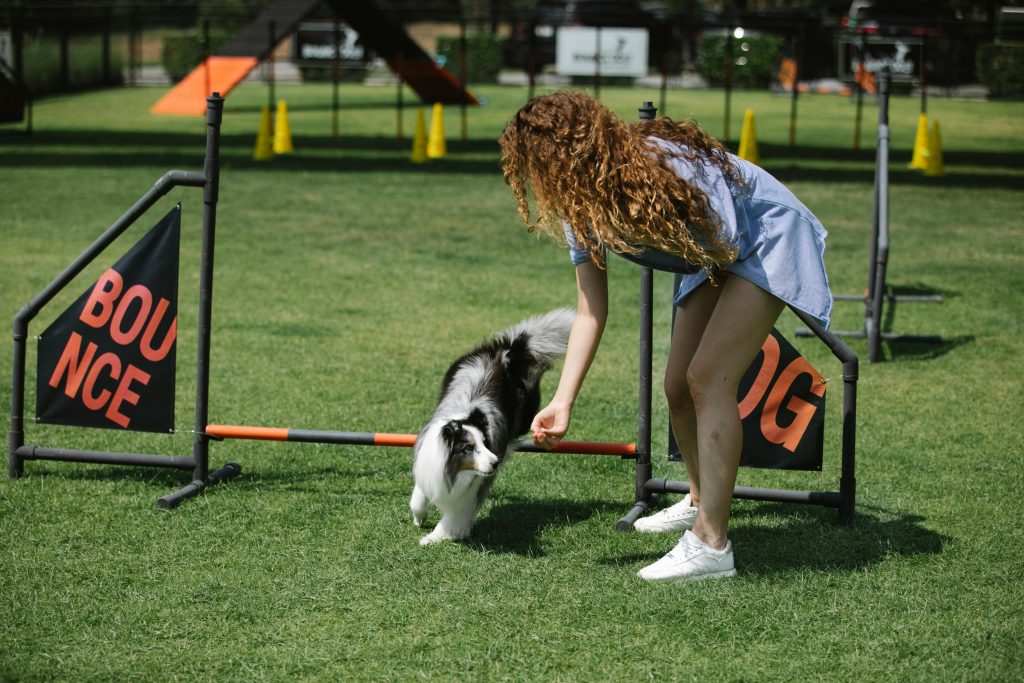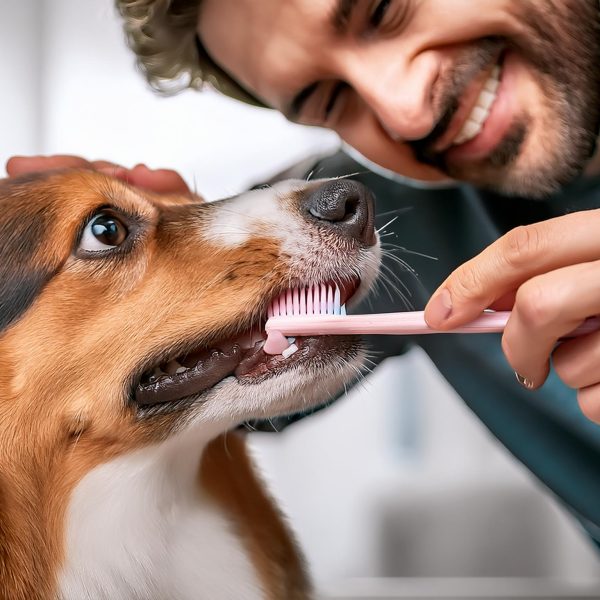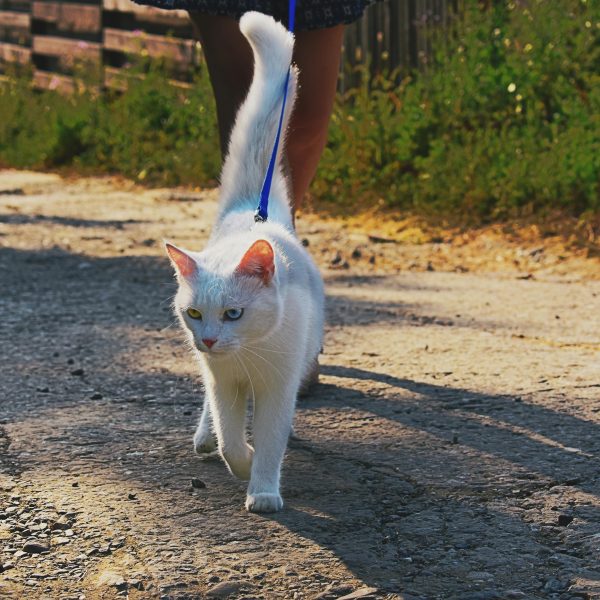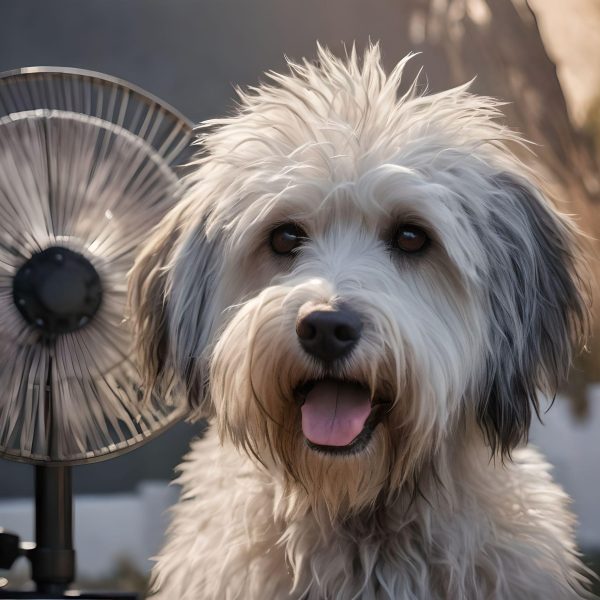Engaging in agility training is a way to keep your friend physically active, mentally sharp, and closely connected with you. After mastering the basics, you might feel excited about advancing your dog’s agility prowess. Moving on to advanced agility training not only boosts your dog’s performance on the course but also enhances their overall obedience and attentiveness. This article delves into strategies and methods to elevate your dog’s agility training.
1. Conquering Challenging Obstacles
As your canine companion progresses in agility, it becomes crucial to introduce obstacles that test their skills. These challenges could include weave poles, teeter-totters, and complex jump sequences. Patience and gradual progression play key roles in mastering these tasks.
- Weave Poles: Initiate training with channel or 2×2 weave poles to help your dog grasp the entry technique and weaving movement. Slowly adjust the spacing until your furry friend can weave through the poles accurately and swiftly.
- Teeter-Totters: Start off with a board to familiarize your dog with the motion and sound of the teeter-totter. Once they are comfortable, transition to using the teeter-totter while reinforcing behavior to promote confident engagement.
- Enhance Your Dog’s Agility Skills: Diversify jump sequences by incorporating varying heights and angles, challenging your dog to adapt their stride, pace, and attention. This practice can enhance their coordination and decision-making abilities.
2. Boosting Speed and Accuracy
In agility training, speed and precision play crucial roles. To excel in these areas, a combination of fitness, mental acuity, and clear communication with your canine companion is essential.
- Interval Training: Integrate interval training sessions that alternate between bursts of high-intensity activity and short recovery phases. This method enhances your dog’s endurance while teaching them to sustain speed and concentration over prolonged periods.
- Target Training: Utilize target training to improve your dog’s accuracy in hitting specific zones on the course, such as contact areas on obstacles like the A-frame or dog walk. Place a target object like a mat or marker in the designated spot, and reward your dog for reaching it.
- Timed Practice Runs: Regularly engage in timed practice runs on the agility course to replicate competition conditions. Gradually reduce the allowed time frame to encourage faster maneuvering through the obstacles.
3. Developing Focus and Determination
A dedicated and motivated canine partner is key to successful agility training endeavors. Advanced training should focus on enhancing your dog’s endurance and maintaining their excitement throughout the program.
- Training with Distractions: Incorporate distractions like toys, other dogs, or noises into your training sessions. Teach your dog to maintain focus on the task at hand despite these distractions. Gradually increase the level of distraction as your dog gains confidence.
- Engaging Games to Build Drive: Include games that align with your dog’s drives, such as tug of war or fetch, in their training regimen. These activities not only boost drive but also strengthen the bond between you and your dog.
- Practicing in Diverse Settings: Train in various environments like parks, different courses, or indoors to enhance your dog’s adaptability and concentration across different scenarios.
4. Advanced Handling Skills
As your dog progresses, it’s crucial for you to refine your handling techniques. Advanced handling methods enable you to guide your dog through courses more effectively.
- Front and Rear Crosses: These techniques involve crossing in front of or behind your dog to alter their course direction. Practice these maneuvers in sequences to ensure that your dog can respond swiftly to your commands without hesitation.
- Blind Crosses: When it comes to blind crosses, it’s a more advanced move where you switch sides with your dog without making eye contact. This technique relies heavily on trust and clear communication between you and your furry friend.
- Distance Handling: Teach your dog to respond to your signals from a distance, allowing you to navigate parts of the course more effectively. Start with shorter distances and gradually increase the distance as your dog gains confidence.
5. Maintaining Physical and Mental Well-being
Advanced agility training demands both physical fitness and mental stamina. Keeping your dog in peak shape is key for success and injury prevention.
- Regular Vet Check-Ups: Stay on top of check-ups to monitor your dog’s health, especially focusing on their joints, muscles, and overall fitness. Since agility dogs are prone to injuries, proactive healthcare is crucial.
- Balanced Nutrition: Offer a well-rounded diet that meets your dog’s energy requirements and aids in muscle recovery. Consider incorporating health supplements if advised by your vet.
- Mental Well-being: Mental stimulation is just as vital as physical exercise. Integrate puzzle toys, scent work, and other activities that challenge your dog’s mind beyond agility training sessions. This helps prevent burnout and keeps your companion enthusiastic about training.
6. Participating in Dog Competitions
Taking part in agility trials is a way to gauge your dog’s progress and gain experience in a competitive environment. However, it’s crucial to approach these competitions with the right mindset.
- Start with Fun Runs: Before entering major competitions, consider engaging in fun runs or local events that offer a laid-back atmosphere. This allows your furry friend to acclimate to the surroundings without feeling the weight of competition pressure.
- Emphasize Progress: During competitions, concentrate on your dog’s development rather than just focusing on winning. Acknowledge achievements, like mastering an obstacle or enhancing your dog’s speed, to ensure a positive experience for both of you.
- Assess and Adapt: Following each competition, assess your dog’s performance and pinpoint areas that can be improved. Utilize these insights to tweak your training regimen and address any weaknesses.
Advanced agility training presents an enriching journey that strengthens the bond between you and your canine companion while boosting their mental capabilities. By honing skills related to navigating obstacles, speed and accuracy, maintaining focus and drive, employing advanced handling techniques, and prioritizing overall health, you can elevate your pup’s agility prowess to new heights. Remember that patience, consistency, and a positive outlook play crucial roles in achieving success in agility training. Embrace the journey and celebrate each achievement with your companion.








